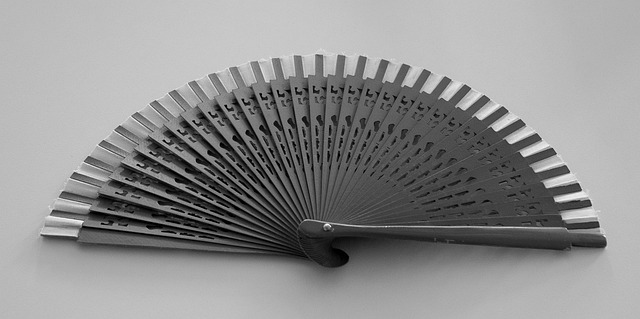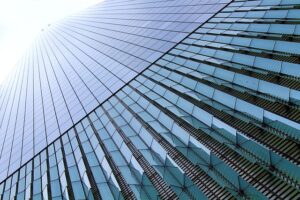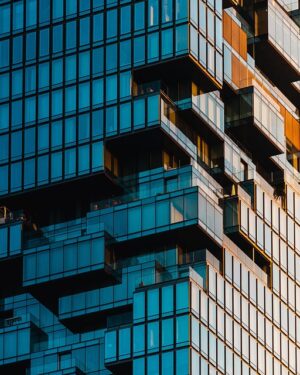Commercial destratification fans are essential tools for optimizing airflow and temperature control in warehouses, offices, and retail spaces, enhancing energy efficiency and workplace comfort. By circulating air uniformly and eliminating hot spots, these fans complement HVAC systems, reducing heating costs without compromising occupant comfort. When selecting destratification solutions, prioritize fan performance, noise levels, and compatibility with existing infrastructure to maximize both effectiveness and sustainability. Case studies across various sectors demonstrate their success in improving temperature uniformity, reducing energy consumption, and creating comfortable work environments, making them a popular choice for modern industrial settings.
In the dynamic landscape of warehouse management, maintaining optimal airflow is crucial for efficiency and energy conservation. This is where commercial destratification fans step in as game-changers, playing a pivotal role in balancing warehouse aerodynamics. By understanding how these specialized fans work, businesses can make informed decisions when selecting energy-efficient solutions. From enhancing air circulation to reducing energy costs, this article explores the benefits of commercial destratification fans through real-world case studies.
- Understanding Commercial Destratification Fans: Their Role in Warehouse Airflow Management
- Key Considerations When Selecting Energy-Efficient Destratification Solutions for Warehouses
- Case Studies: Success Stories of Implementing Commercial Destratification Fans for Optimal Warehouse Aerodynamics
Understanding Commercial Destratification Fans: Their Role in Warehouse Airflow Management

Commercial destratification fans play a pivotal role in managing airflow within warehouse environments, ensuring optimal temperature uniformity and enhanced energy efficiency. These specialized fans are designed to counteract the stratification of warm air that naturally rises to the ceiling in large, open spaces like warehouses, offices, and retail stores. By strategically circulating air throughout the space, destratification fans help maintain comfortable temperatures, improving workplace comfort without excessive energy consumption.
In commercial buildings, proper HVAC optimization is essential for reducing heating cost reduction and maximizing energy savings. Destratification fans, when installed with ceiling setups, become integral components of air circulation systems. They work in conjunction with other systems to distribute cool air evenly, eliminating hot spots that can arise due to poor temperature uniformity. This not only contributes to a more comfortable environment for occupants but also supports the overall efficiency of energy-intensive HVAC operations.
Key Considerations When Selecting Energy-Efficient Destratification Solutions for Warehouses

When selecting energy-efficient destratification solutions for warehouses, several key considerations come into play. Firstly, commercial destratification fans should be chosen based on their capacity to effectively circulate air throughout the space while ensuring temperature uniformity. This is crucial for maintaining optimal workplace comfort and reducing the need for excessive heating or cooling, thereby achieving energy efficiency.
Additionally, the design and installation of these fans, typically with ceiling installation, must align with the warehouse’s overall HVAC optimization strategy. The right air circulation systems can significantly impact energy consumption in commercial buildings and retail stores, as well as contribute to substantial heating cost reduction. Therefore, it’s vital to consider factors like fan performance, noise levels, and their compatibility with existing infrastructure to maximize both effectiveness and sustainability.
Case Studies: Success Stories of Implementing Commercial Destratification Fans for Optimal Warehouse Aerodynamics

In many industrial settings, commercial destratification fans have emerged as a game-changer in optimizing warehouse aerodynamics and enhancing overall efficiency. Case studies from various sectors illustrate the success of implementing these innovative cooling solutions. For instance, large e-commerce warehouses have witnessed significant improvements in temperature uniformity thanks to ceiling-installed destratification fans, leading to reduced heating costs during colder months. This strategy has not only enhanced energy efficiency but also contributed to a more comfortable workplace for employees, who can now enjoy consistent air circulation without hot spots or cold zones.
Retail stores and office spaces alike have benefited from commercial destratification fans as part of their HVAC optimization strategies. By focusing on local air circulation rather than relying solely on centralized systems, these fans help maintain optimal temperature levels throughout the entire facility. This approach has proven particularly effective in reducing energy consumption, making it a popular choice for businesses aiming to achieve greater energy efficiency without compromising on workplace comfort.
Commercial destratification fans play a pivotal role in optimizing warehouse airflows, offering energy-efficient solutions that enhance operational effectiveness. By carefully considering factors like fan type, capacity, and installation strategies, warehouses can achieve balanced temperatures and improved working conditions. As demonstrated in various case studies, the strategic implementation of these fans can lead to significant energy savings without compromising performance, making them an indispensable tool for modern warehouse management.






